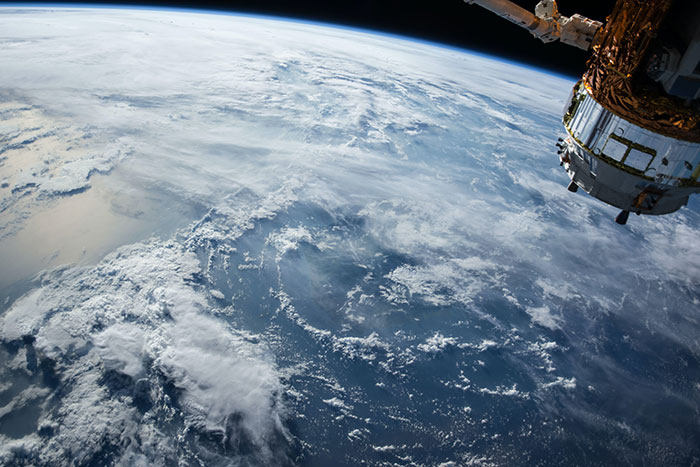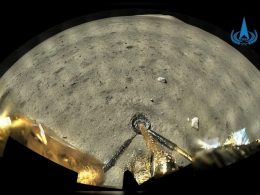The International Space Station (ISS) has accommodated a lucky few astronauts for 20 years. It has aided man’s journey towards a better understanding of the universe and its constituents. However, like all things, including humans, it is bound to “die” someday. The space station frequently needs fuel supply from spacecraft’s that are visiting space to stay in orbit; so if something goes wrong someday, it will eventually fall back to earth, Space reports.
The space station which would weigh 900,000 pounds (420,000 kg) if brought back to earth; is almost as big as a standard football field and has the same living space as a six-bedroom apartment. It took 42 different launches to take the special spacecraft into space. The ISS will continue to get its fuel supply until 2024 as decided by the countries that partnered in the project to build and send it to space. The United States, Canada, Russia, Japan, and nations of the European Space Agency which participated in the unprecedented project will most likely decide to elongate its tenure in space
“The International Space Station has the authorization of the countries involved to continue operation until the end of 2024, and as its technicians, we have authorized it to continue operation until the end of 2028, ” NASA informed reporters. “Also, we have not discovered any reason not to extend our authorization beyond 2028 if necessary.”
It is however impossible to hope that the ISS will always be in operation especially with the frequent possibility of it coming in contact with space garbage and micrometeorites. If the international countries and NASA don’t agree to bring it down, someday the risk it faces in space will bring it down. Though NASA and Russia’s federal space agency, Roscosmos, have previously ignored what will eventually become of it, they have started weighing different options as the station continues to decline with age.
“We will bring it down someday, our plan towards achieving that has so far been to deorbit it but I think they didn’t carefully consider the risks associated with doing that until five years ago,” Jonathan McDowell, a Harvard astronomer, explained. “They had previously decided to cross the bridge about bringing it down at a later time but that time is drawing nearer now.”
NASA’s Aerospace Safety Advisory Panel, responsible for safety protocols in NASA has been a loud advocate in deciding how the ISS can be safely brought down when the time comes. The panel’s concerns increased about 10 years ago when NASA’s space shuttle vehicles that could be safely used to deorbit the ISS were about to be put out of operation.
David West, a member of the panel, announced during a meeting held on October 1 that the group will keep following and reviewing the strategies planned for deorbiting of the ISS. NASA also confirmed that there are contingency plans available in case something goes wrong with the ISS. The agency explained that if anything goes wrong, they will have two weeks to prepare for the ISS descent into the earth’s atmosphere. The agency and the international countries involved in the ISS project also have plans to deorbit the ISS or burn it and guide the debris into the vast South Pacific Ocean once it is approved to stop operating.
Source: space.com









